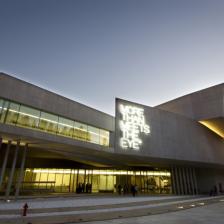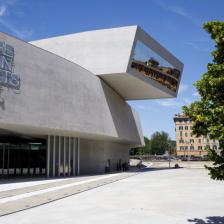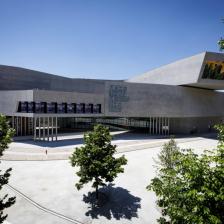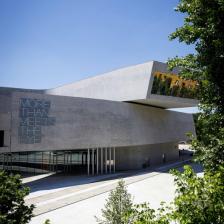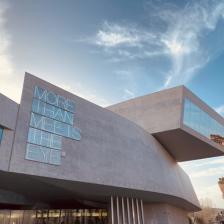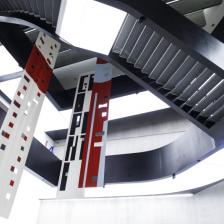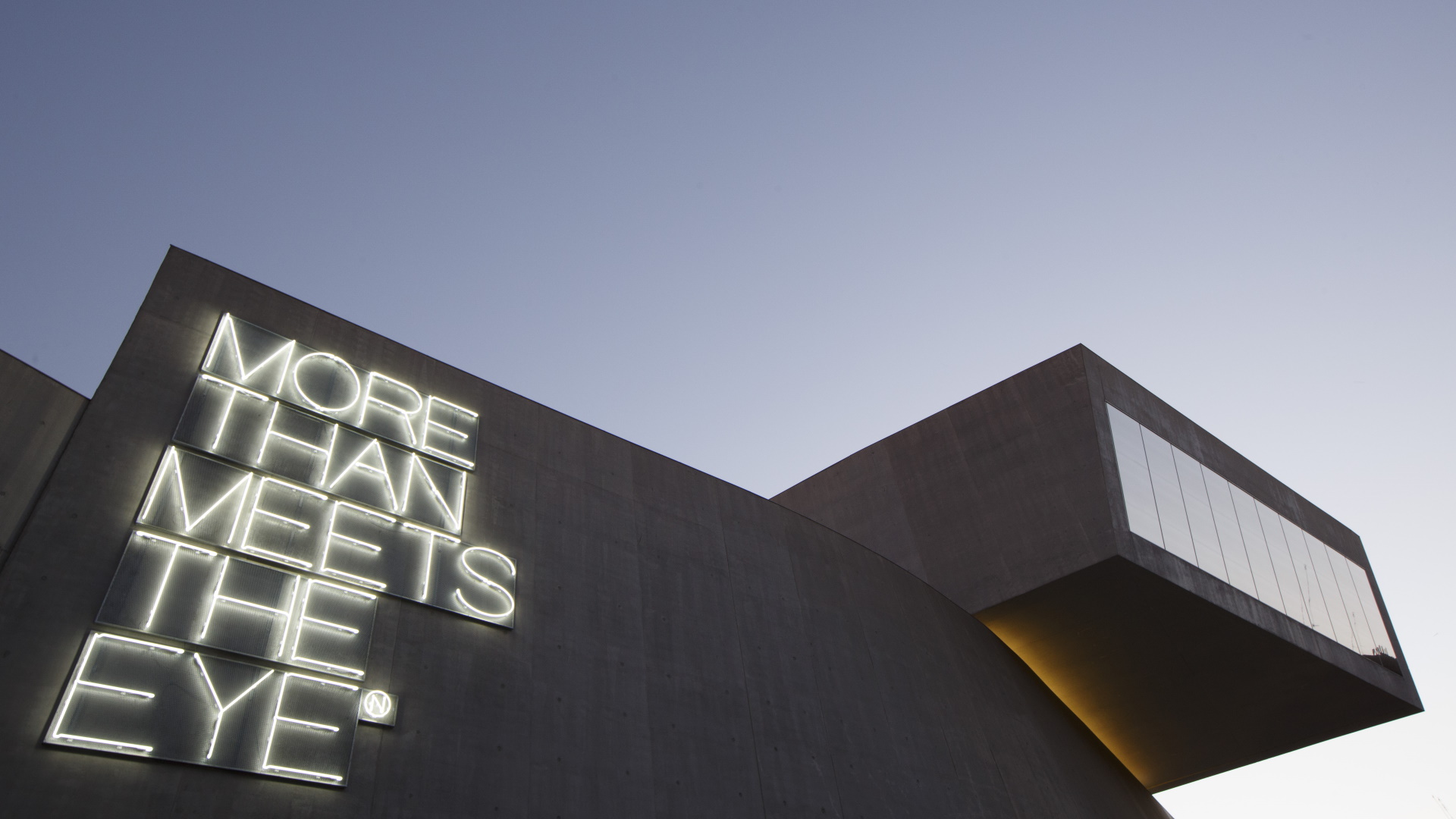
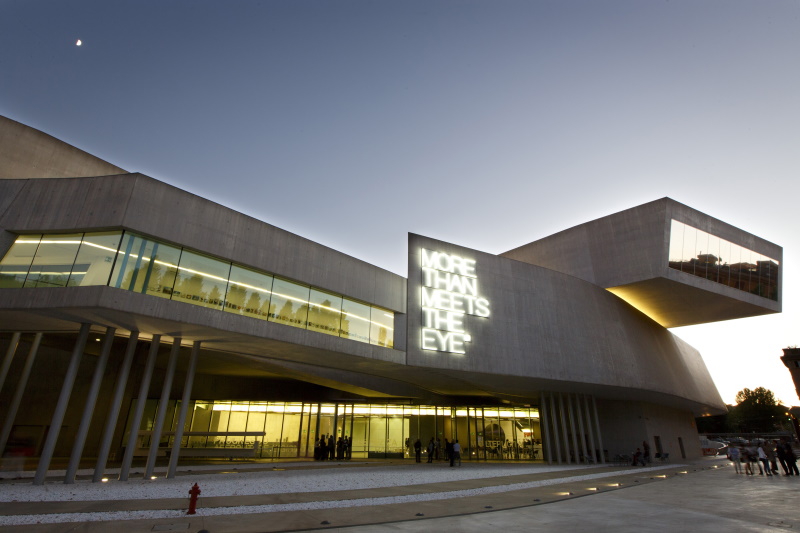
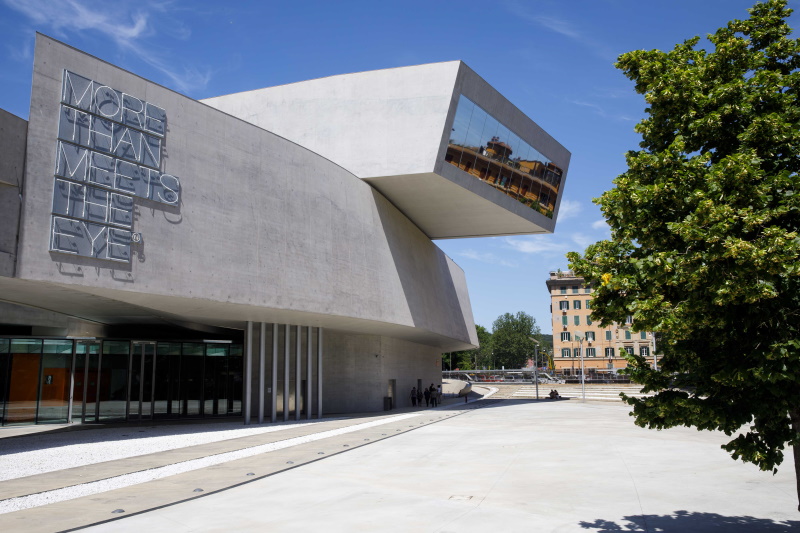
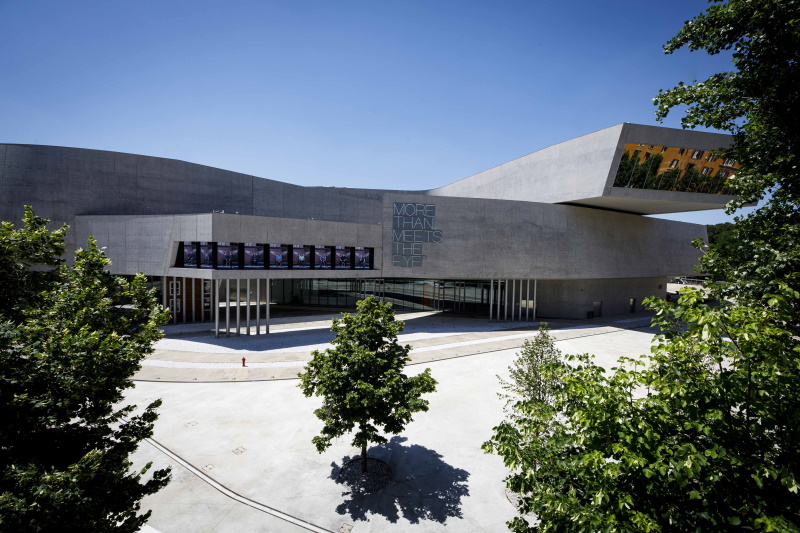
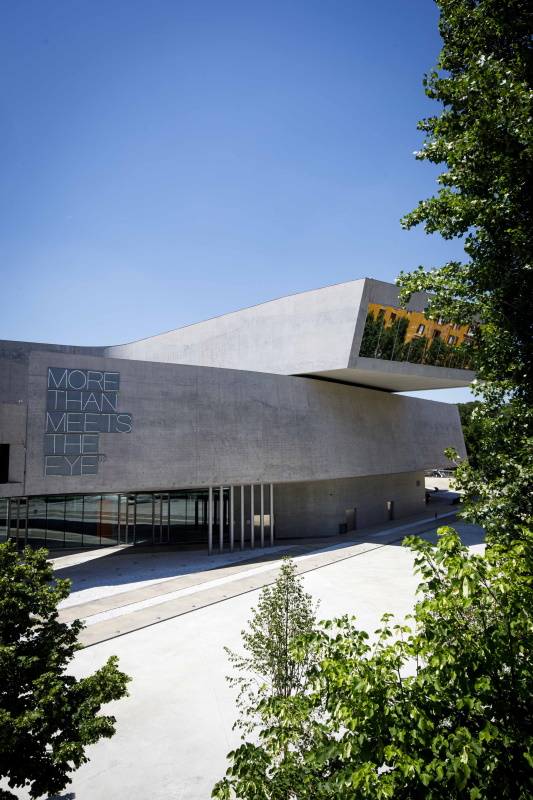
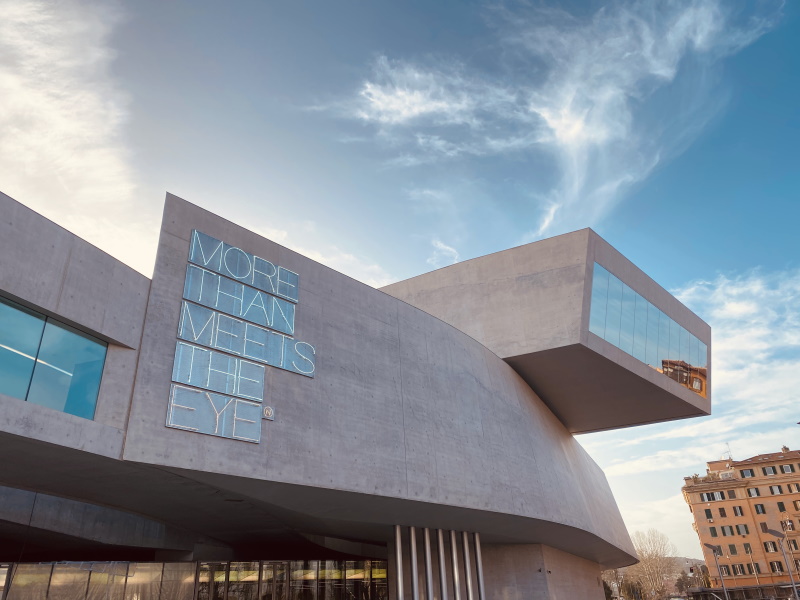
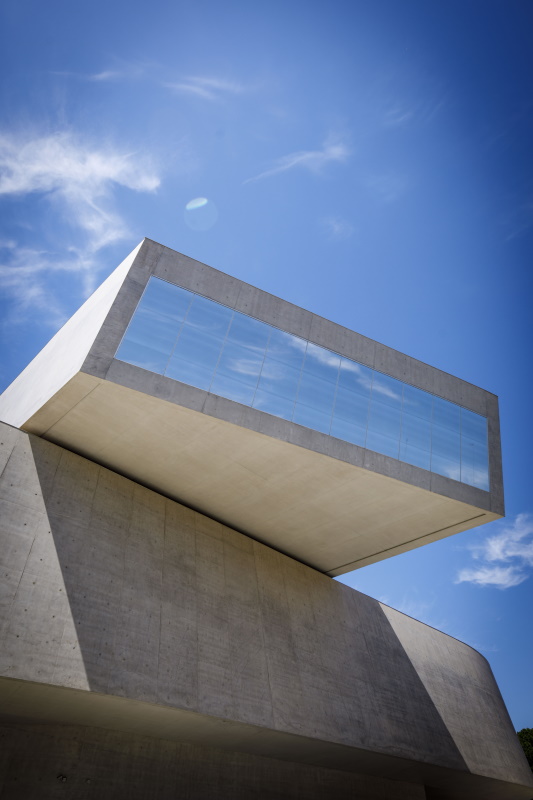
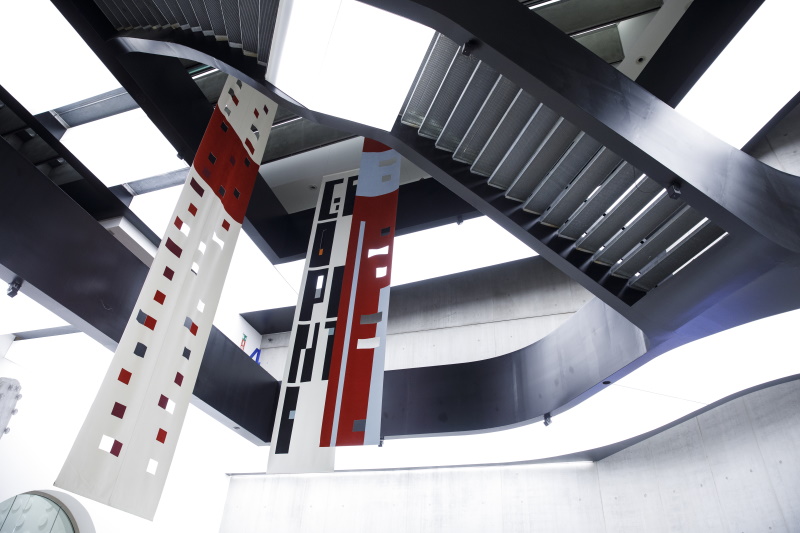
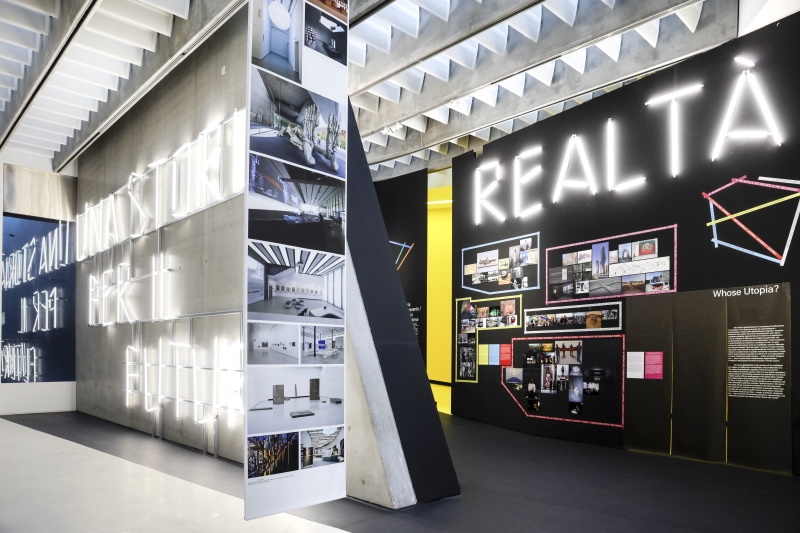
The idea of endowing Rome with a national museum dedicated to contemporary arts took shape in 1997 when the then Ministry of Cultural Heritage obtained from the Ministry of Defense a large area in the Flaminio district, first occupied by workshops and pavilions of the former Caserma Montello.
In 1998, an international competition was held. It included a complex functional plan, with the presence of various structures such as a museum for architecture and one for the arts of the 21st century, a space for experimental productions, a library, an auditorium, as well as places for live events and teaching.
The winner was the Anglo-Iraqi architect Zaha Hadid. Her project prevailed over the 273 designs from all over the world. Her proposal, extended over an area of 29 thousand square meters, with a large open square in the center, convinced the jury for its ability to integrate into the urban fabric and for the innovative architectural solution, capable of interpreting the potential of the new institution and equipping it with an extraordinary sequence of public spaces.
Inaugurated in 2010, the MAXXI, National Museum of Arts of the 21st century, and the first national museum dedicated to contemporary arts and architecture, produces and hosts art and architecture exhibitions, design projects, photography, fashion, film festivals, theatre, and dance performances.
The MAXXI collections are exhibited in rotation with temporary exhibitions, while the installations of Anish Kapoor, Sol Lewitt, and Maurizio Mochetti are always visible.
Auditorium Parco della Musica Ennio Morricone

 Condividi
Condividi
The Music Bridge - Armando Trovajoli
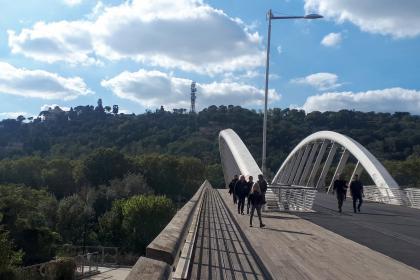
 Condividi
Condividi
Ponte Duca d'Aosta
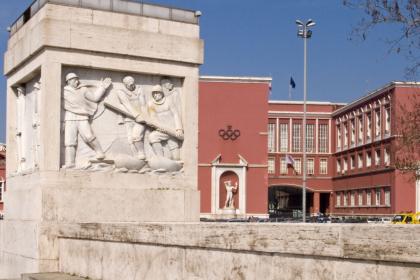
 Condividi
Condividi
Information
From Tuesday to Sunday from 11 to 19 (last admission at 18)Closed on Monday 1 May and 25 DecemberFor updates and visiting methods, consult the official website www.maxxi.art
 Condividi
Condividi
Location
To find out about all accessibility services, visit the Rome accessible section.












































